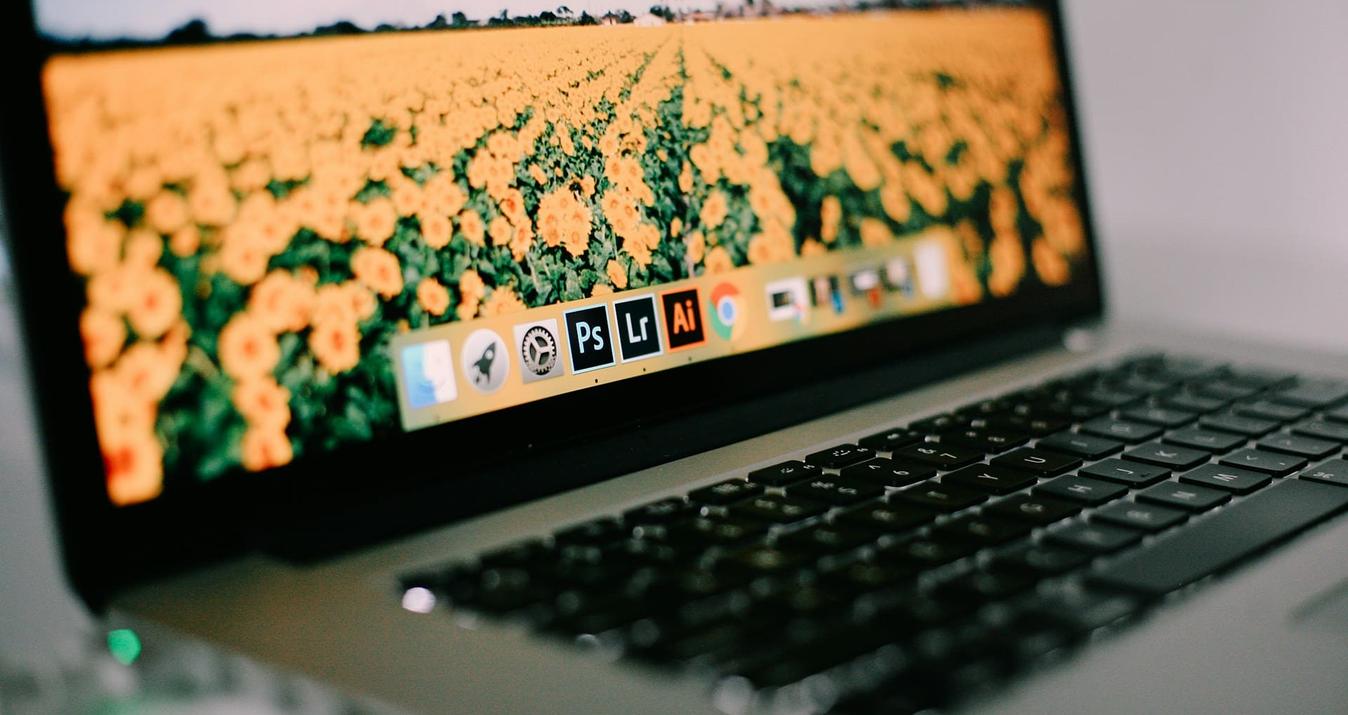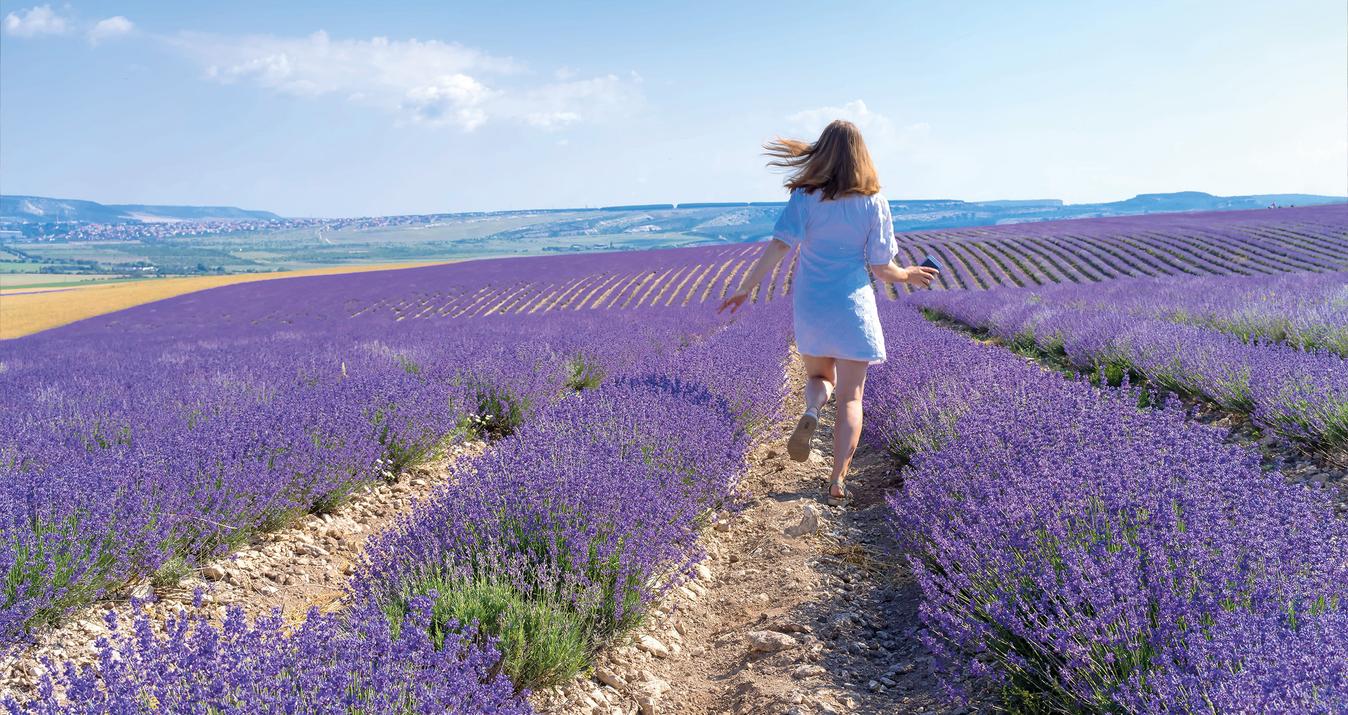Outdoor Photography Ideas: 7 Techniques for Breathtaking Results
June 26, 2023

Discover some great tips for capturing stunning outdoor images in a variety of styles and subjects, including wildlife, scenery, and macro images of flowers and plants. Whether you're a beginner or just looking to improve your skills to the next level, these techniques will help you achieve stunning results in nature and landscape photography.
Mastering the art of landscape photography is essential, whether you want to produce professional images for clients or simply capture the beauty of nature in casual shots. In addition, outdoor portraits can be a very fulfilling experience, allowing you to create stunning photographs illuminated by exquisite natural light while immersing yourself in the breathtaking surroundings of both countryside and vibrant nature.
So, taking beautiful outdoor photography takes effort and attention to detail. From working with your subjects to adjusting settings, handling lighting, and composing your shots, there's a lot to consider. It's understandable that many beginners struggle with this genre, but don't worry! In this post, we'll share practical outside photography tips and tricks we've learned from years of experience to help you improve your images and get started with confidence.
And by the way, after reading this article, you will be able to take amazingly beautiful photos. Nevertheless, you will have to sort through a huge number of files. To simplify this process, just read about photo organizer software in our blog and choose the best option.
What Is the Essence of Outdoor Photography?
This is very easy because this genre is all about taking pictures outside, away from indoor settings. It involves using natural lighting, without much modification, to capture the beauty of the environment. While artificial light can be used, the focus is on the natural light available in outdoor environments. Indoor photography, even with daylight, is not part of this discussion.
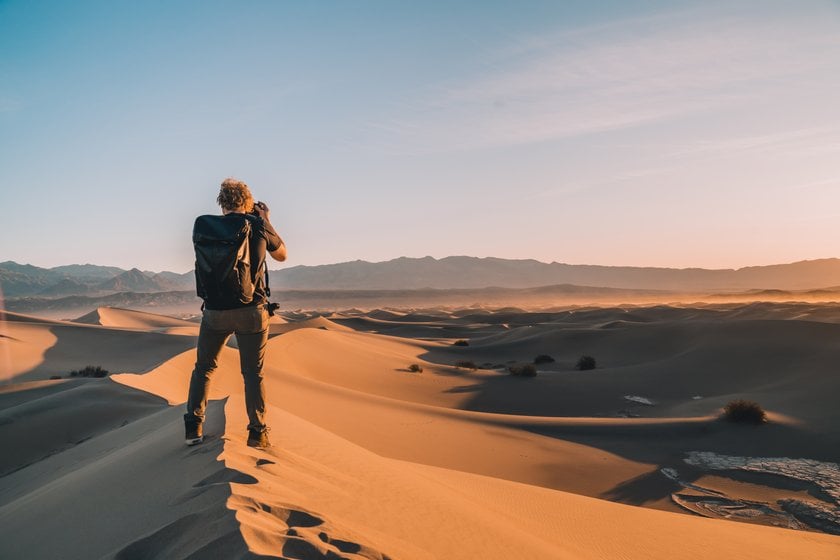
Nature photography offers endless possibilities for backgrounds, although control over light is somewhat limited. To achieve the desired lighting, photographers often have to physically reposition instead of adjusting the light source (portraits can be challenging for this reason). It's important to look at all the features of this genre so you can grasp its meaning immediately:
- Outdoor photography is about creating a deep connection with the natural world. It is about immersing yourself in the environment, appreciating its wonders, and being attuned to the subtleties of your surroundings.
- Such photography celebrates the natural beauty found in landscapes, seascapes, wildlife, and plant life. It aims to showcase the diversity of the natural world, from majestic mountain ranges to delicate flowers and fascinating wildlife.
- You need to pay close attention to the quality, direction, and intensity of light, whether it's the warm glow of dawn or the dramatic interplay of light and shadow in changing weather conditions.
- This genre can also tell stories and evoke emotions. Professionals seek to capture moments that tell a story or evoke a sense of wonder, tranquility, or excitement. They may focus on capturing wildlife behavior and environmental issues or showing the relationship between humans and nature.
- Outside photos often involve exploration and a sense of adventure. It encourages photographers to venture into remote locations, seek out unique perspectives, and be open to unexpected encounters.
So, the essence of outdoor photography lies in capturing the beauty, diversity, and spirit of the world's natural features. It's about using the camera as a tool to convey the unique qualities of the outside environment, whether it's the grandeur of landscapes, the intricate details of flora and fauna, or the interplay between people and nature.
Don't forget that you need to use a photo editor anyway. If you haven't figured out all the pros and cons of Photoshop vs. Lightroom yet, you'll quickly find out thanks to our blog post. We've also prepared a list of the best presets for Lightroom, with both free and paid options.
Top 7 Outdoor Photoshoot Tips and Techniques
By applying these expert tips and techniques to your outdoor photography, you can unleash your creativity, capture stunning images, and share your unique perspective with the world.
1. Understanding Lighting
One of the general outdoor photography tips is to avoid direct midday sunlight and instead find open shade, use reflectors to fill in shadows, or take advantage of cloudy weather. Many professionals recommend photographing at sunrise and sunset when the sun is low, as the soft and warm light creates beautiful effects on objects.
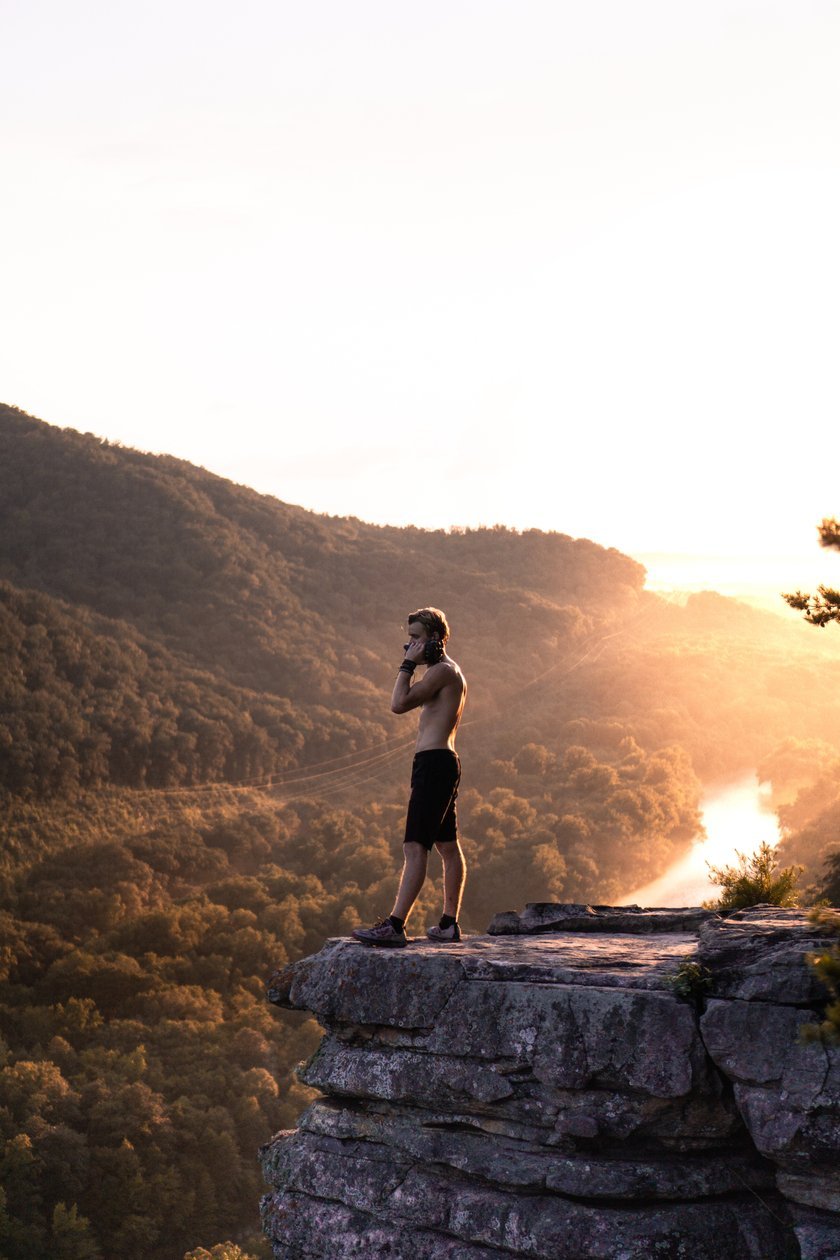
Try to experiment with backlighting to create stunning silhouettes. Position your subject against a bright light source such as the sun, and expose for the background to create a silhouette effect. This technique adds drama and mystery to your images, especially during sunrise or sunset.
But what about night outdoor photography? If you want to create stunning night scenes or starry sky pictures and capture ambient light, try a slow shutter speed. It helps to brighten the scene and reveal details in darker areas when shooting in low light. Remember to use a tripod and a remote shutter release to reduce camera shake during long exposures.
2. Composition Techniques
Nature photographers strive to create visually appealing images by considering composition, framing, perspective, and balance. They use elements such as leading lines, the rule of thirds, and framing techniques to draw attention to the subject and create a sense of harmony.
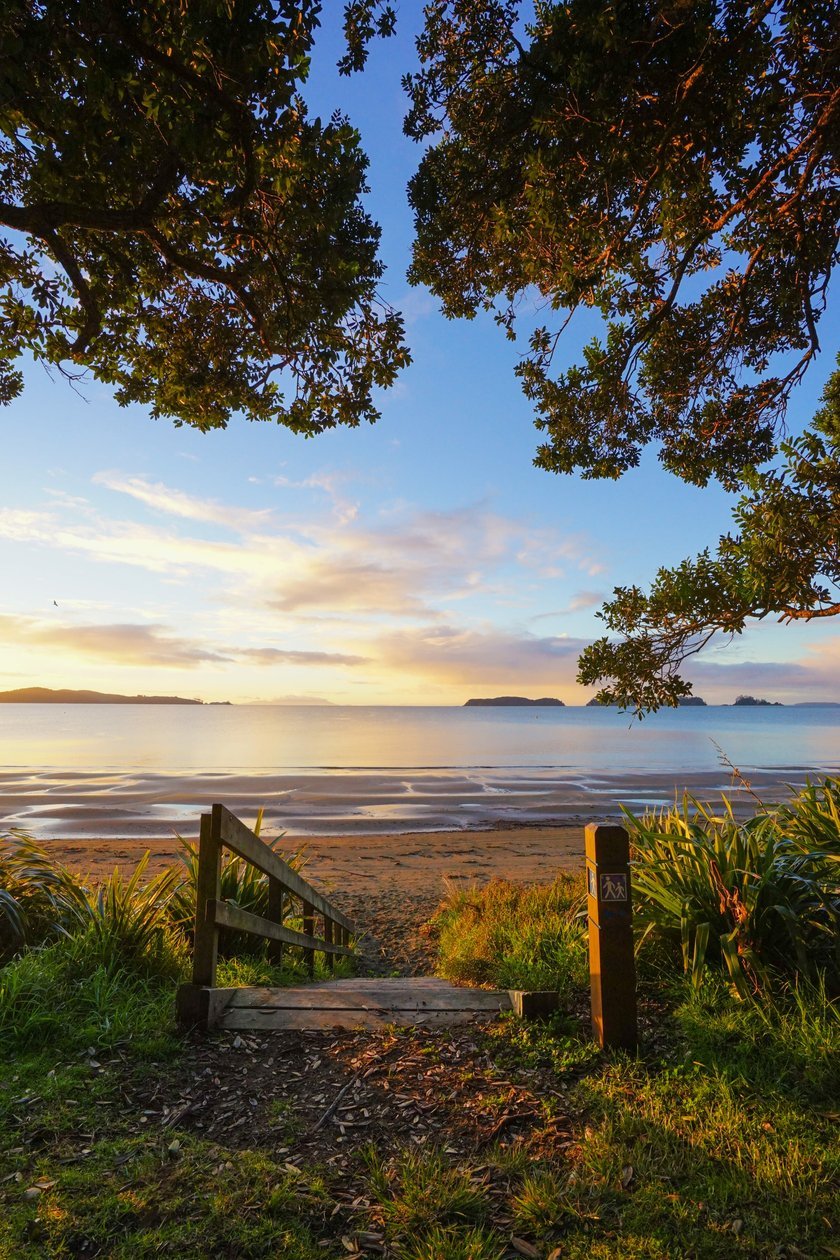
For instance, placing your subjects strategically around the frame can create real visual interest, so don't be afraid to play around and find the perfect composition before you take a shot. Also, including a strong foreground element can add depth to your outdoor photos. Look for rocks, flowers, or other objects that can serve as a compelling foreground subject. This technique always helps to draw the viewer into the scene.
3. Creative Angles and Perspectives
Some angles and perspectives can breathe new life into your photos, adding a fresh and unique dimension to your compositions. If you want to capture something interesting, just experiment with low-angle or bird's-eye views. This way you can capture compelling images that stand out from the crowd. So don't be afraid to go low, climb high, or find unconventional angles to maximize your creativity and take truly remarkable photos.
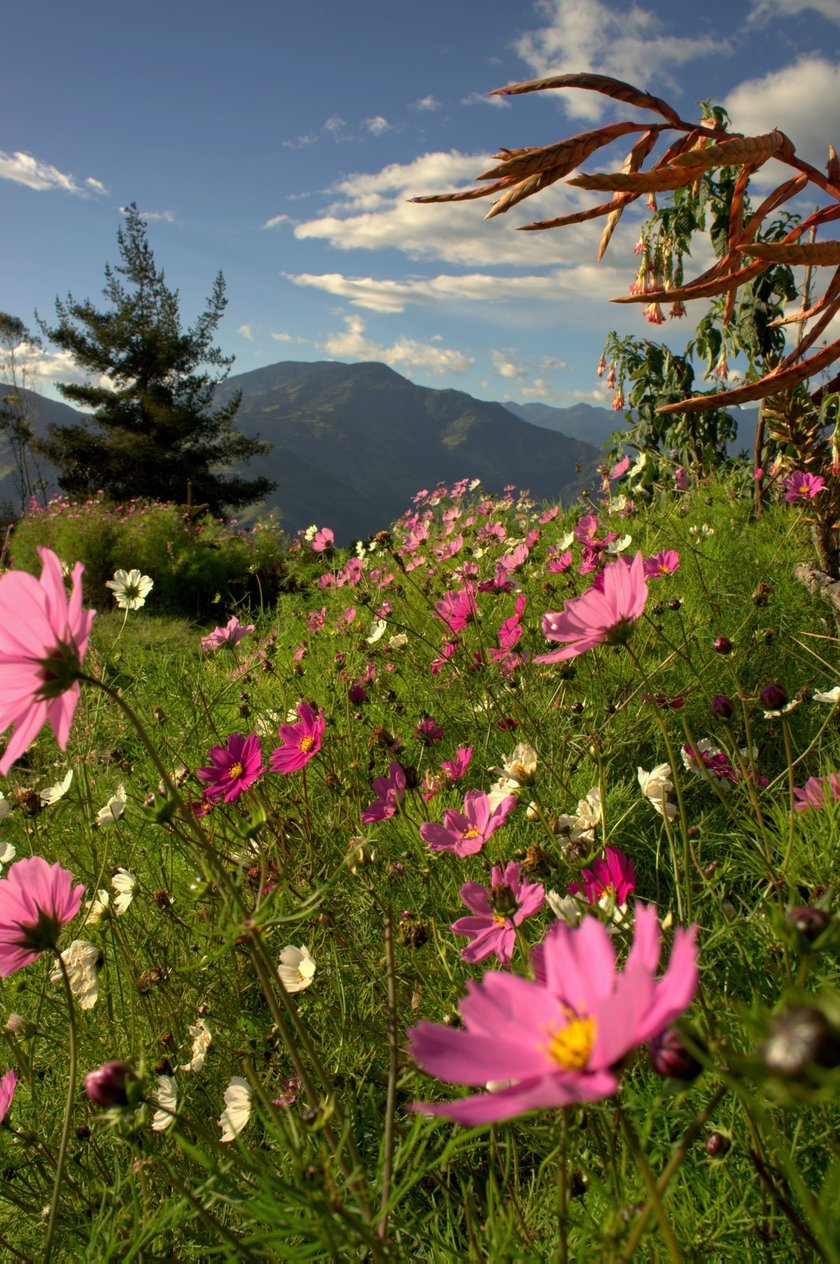
Take your photo to the next level by adding interesting elements such as dust, scratches, silhouettes, bokeh, or snowdrops in the Luminar Neo. All these photography overlays can be combined with presets to create unique effects. So, feel free to experiment and find the best combination to get the result you're looking for.
4. Capturing the Environmental Portraits
Capture stunning portraits of people in their natural surroundings. Incorporate the environment to tell a story and add context to your images. It's amazing but outdoor settings can really enhance your portrait photography.
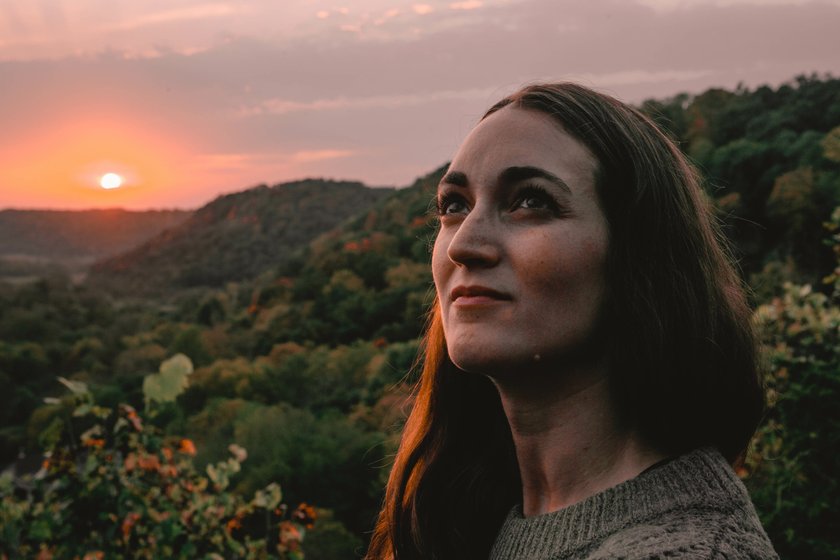
All you need is to use natural light creatively, incorporate environmental elements, and bring out the personality and character of your subjects against stunning backdrops. This technique works especially well for travel photography or documenting local cultures. Just focus on background, lighting, and composition to create compelling outdoor portraiture.
By the way, one of the most valuable outdoor headshots tips is to focus on the eyes. But why is this so crucial? The eyes are the windows to the soul, so make sure they are in focus. Use a wide aperture (low f-stop number) to achieve a shallow depth of field, allowing the model's gaze to stand out while creating a pleasing background blur.
5. Mastering Exposure and White Balance
In outdoor photography, mastering these options is critical to capturing great images. With exposure, you control the amount of light that reaches the camera sensor by adjusting the aperture, shutter speed, and ISO. Use the histogram to check the tonal range and ensure a balanced shot.
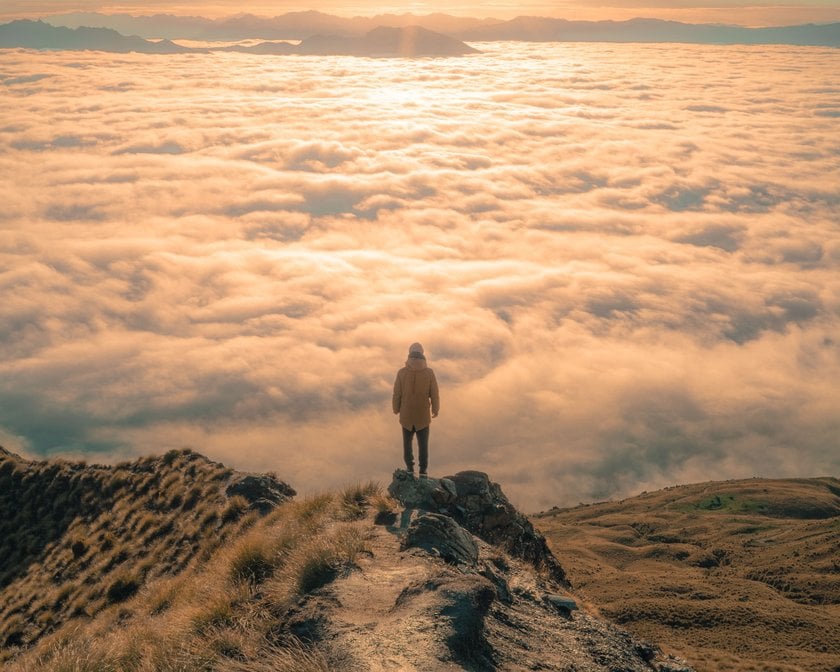
White balance determines the color temperature of the image, and it's important to set it correctly for accurate colors. You can use presets or custom white balance settings and photograph in RAW format for flexibility in post-processing when using Luminar Neo AI photo editor. Be sure to evaluate your images regularly and make adjustments as needed to improve your skills.
6. Using Filters and Accessories
Experimenting with filters and accessories can greatly enhance your outdoor photography, allowing you to control light, improve image quality, and unleash your creativity. For example, ND filters reduce the amount of sunlight entering the camera, allowing for longer exposures in bright conditions. They are useful for creating motion blur in flowing water or capturing the soft movement of clouds in landscape photography.
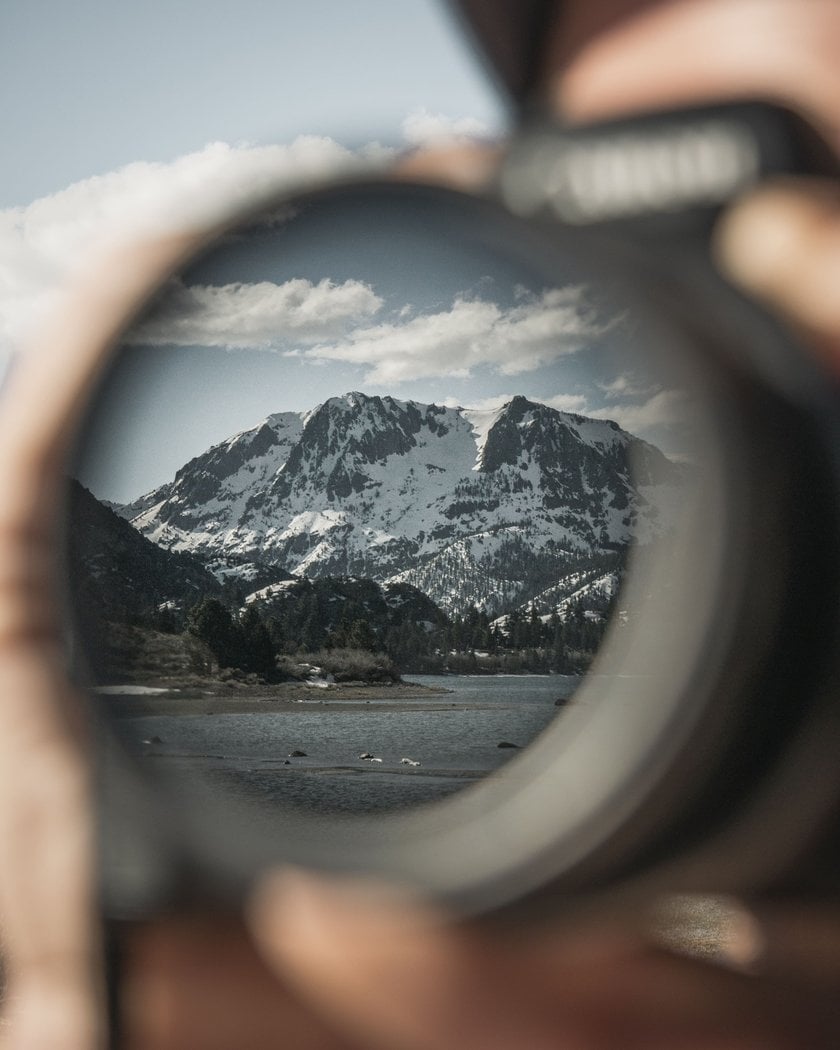
You can also add a lens hood to reduce flare and protect the front element of the optic from stray rays. This is especially useful when shooting against bright light sources or in sunlight. And don't miss the importance of using a sturdy tripod to capture sharp and well-composed images.
7. Post-Processing Techniques
Editing and post-processing is an integral part of outdoor photography that allows you to refine and enhance your best shots. You can play around with color correction, contrast adjustment, and selective editing to bring out the best in your photos while maintaining a natural and authentic look.
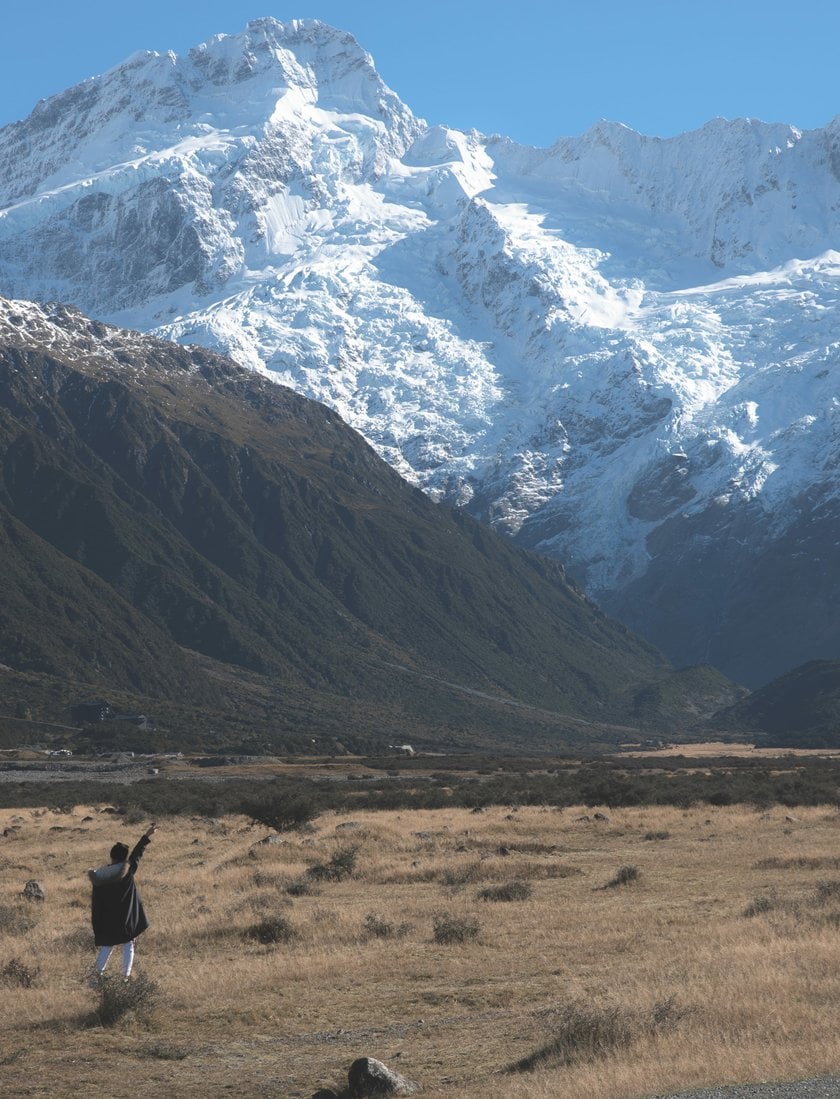
You might be surprised to learn that you don't have to spend hours in Photoshop to get the best effect. Just use Luminar Neo photography editing software. With support for RAW, export to all popular file formats, layers, masking, and much more, Luminar Neo covers all your needs as a photographer:
- Reduce noise, especially in higher ISO images, using noise reduction tools while preserving fine detail.
- Refine your composition by cropping unwanted elements and repositioning the focal point.
- Remove blemishes, distractions, or unwanted objects with AI-based tools.
- Retouch portraits by softening skin, reducing wrinkles, or enhancing facial features while maintaining a natural look.
- Apply artistic presets or overlays to give your images a unique look.
- Work with layers and adjustment layers to maintain the flexibility to make changes without permanently altering the original image.
Furthermore, Luminar Neo is designed to be convenient for people of all skill levels. The software's intuitive, AI-powered features automate complicated, multi-step tasks. And if you need to quickly enhance a photo on the go, you can use a simpler online photo editor that doesn't even require you to download.
Best Photography Ideas: Outdoor and Nature Locations
When it comes to outdoor and nature photography, the possibilities are endless. Below we have gathered a few options to spark your creativity:
- Include elements of the environment to provide context and tell a story about your subject.
- Use the setting sun as a backdrop to create compelling silhouettes.
- Explore stunning landscapes such as mountains, canyons, forests, or coastlines.
- Get close to nature by capturing the intricate details of flowers, leaves, insects, or textures found in nature.
- Visit national parks, nature reserves, or wildlife areas to capture animals in their natural habitats.
- Look for reflective surfaces such as lakes, rivers, or even puddles after rain to capture portraits with interesting reflections.
- Capture the power and drama of weather conditions like storm clouds, lightning, fog, or rainbows.
- Capture authentic, spontaneous moments by encouraging your subjects to relax and interact naturally with their surroundings.
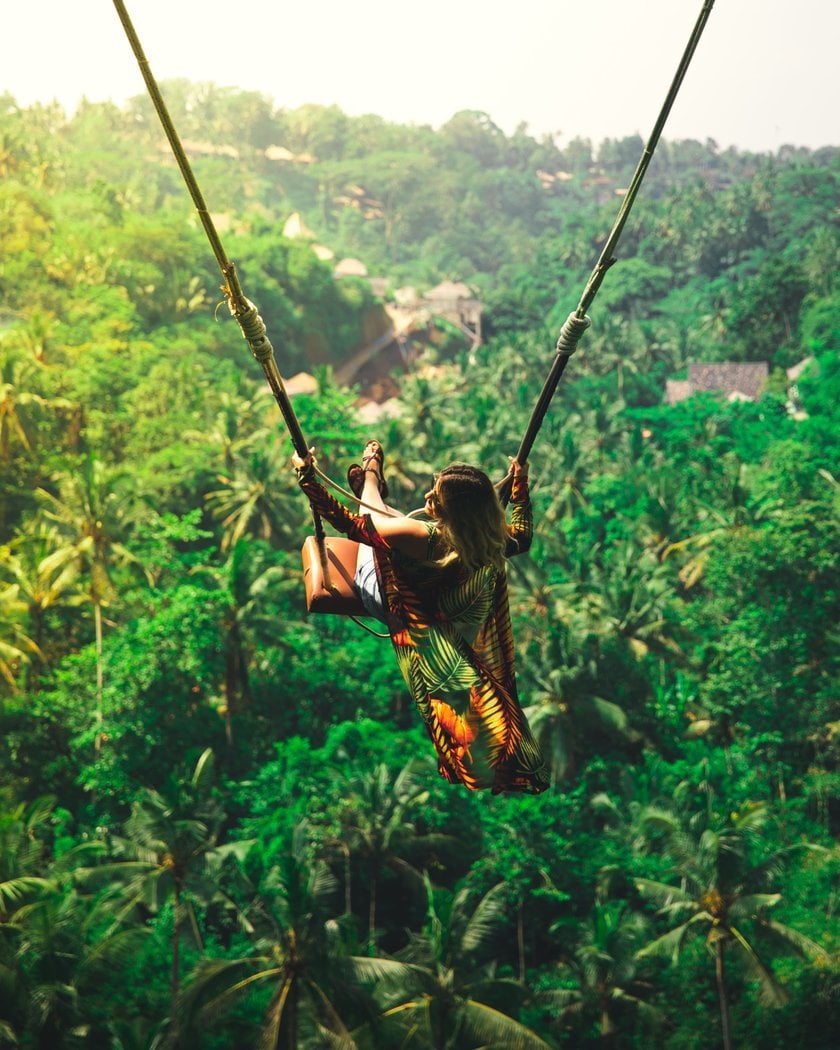
Similar to other genres, outdoor photography gives you the freedom to think outside the box and let your imagination run wild. All you need is a camera and a willingness to get creative in the open air!
The Bottom Line
Outdoor photography is about capturing images outside in a pristine environment. Whether you're focusing on landscapes, wildlife, or people, the key is to balance the exposure by using the available natural light. It's also important to compose your shots in an interesting and visually appealing way. The main thing is not to be afraid to experiment and try something completely new for yourself. We wish you the best of luck in all your creative endeavors!
FAQ
What Are the Essential Gear and Equipment for Outdoor Photography?
Essential equipment for outdoor photography includes a good camera, lenses of various focal lengths, a sturdy tripod, a camera bag, filters, extra batteries, and memory cards. You will also need a lens cleaning kit, a remote shutter release, and a rain cover.
How Can I Find the Best Locations for Outdoor Shoots?
To find the best areas just explore photography forums and social media platforms for inspiration and recommendations. Also, scout potential locations ahead of time to assess lighting, scenery, and accessibility. To uncover hidden gems, consider using apps like Photomapper that provide geolocation data and insights.
What Camera Settings Are Recommended for Outdoor Photography?
To take sharp pictures outdoors, use a shutter speed of at least 1/250 to prevent motion blur and camera shake. Set a wide aperture, such as f/2.8, to create a shallow depth of field and separate the subject from the background. Also, keep the ISO between 100 and 800 to minimize noise and grain in your photos.



